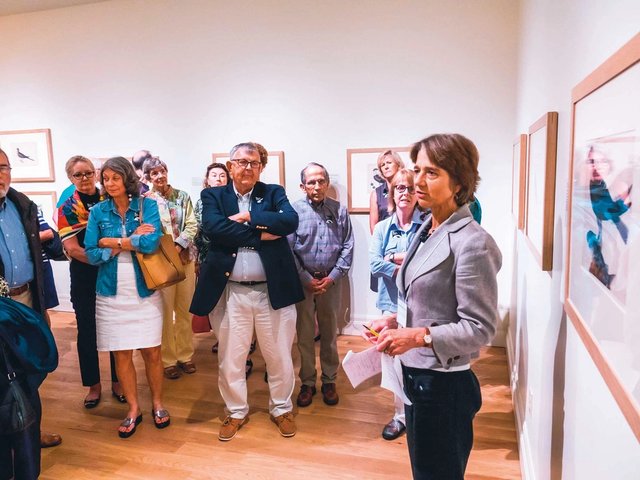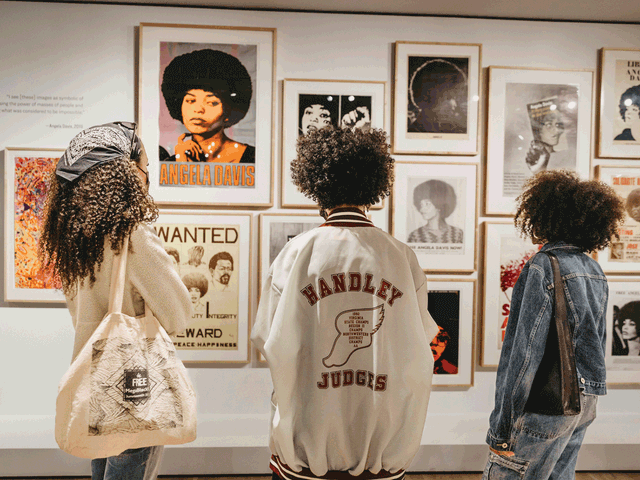If an individual can fill out a questionnaire at the doctor’s office to gain insight into their health, why can arts organisations not do the same? This is the idea behind a new initiative from the human-resources, talent and recruiting agency Verge.
At a moment when museums and art galleries are preoccupied with external challenges that they have little control over—from cuts in government funding to the disengagement of next-gen collectors—Verge contends that introspection is the most important first step that organisations can take towards long-term sustainability.
“We’ve seen that [job candidates] are clear about where they want to go and what they have to offer,” says Verge’s co-founder Lise Ragbir. “It’s the organisation that needs to be clear about where they want to go and what they have to offer.”
Verge’s new membership programme aims to help organisations achieve that clarity. It provides, among other benefits, a proprietary employee survey to assess organisational health and aid in recruitment. The Workplace Advancement Instrument (WAI) asks employees about topics including communication, compensation, retention and psychological safety. Member organisations receive the results along with access to workshops addressing key issues that emerge from the survey. Offerings include Management Training 101 and how to improve communication between Gen X managers (who love to talk on the phone) and Gen Z employees (who avoid phone calls at all costs).
At the end of the year, Verge provides its members with a report on how the organisation’s results stack up with the rest of the network. They also receive a badge they can post on their website to show that they are committed to improving their organisational culture. Membership costs $5,000 a year; early adopters include the Dia Art Foundation, Corita Art Center, Helen Frankenthaler Foundation and Denniston Hill.
Elizabeth Smith, the director of the Helen Frankenthaler Foundation, says that Verge helped her organization “navigate our internal culture with clarity and care”. She notes that its workshops “have meaningfully shaped how we approach communication, collaboration and shared values”.
The programme is part of a broader push by current and former museum employees to help institutions retain next-gen talent they risk losing to other fields.
A 2023 survey by Museums Moving Forward (MMF) found that US museum workers are less satisfied than US workers overall, with two-thirds considering leaving their jobs, if not the field, as a result of poor pay and burnout. Those most likely to leave, MMF found, are employees who have faced discrimination and harassment in the workplace.
Verge works with both commercial and nonprofit arts organisations, but so far members are mostly foundations and museums. The membership programme came out of Verge’s unorthodox recruitment process. When the company formed in 2023, arts workers of colour who had been hired in the wake of the George Floyd protests were leaving their positions in droves after determining that workplaces were not prepared to set them up for success. To ensure long-term compatibility between candidates and employers, Verge developed and began administering the WAI to staff.
Verge shares the results not only with leaders of the organisation but also with top job candidates. Unsurprisingly, some prospects have decided not to apply after seeing their WAI results—but those who move forward, Verge contends, are usually a better fit.
“People have totally different reactions” to the findings, Ragbir says. The fact that an organisation struggles to retain employees who are caregivers might be a dealbreaker for one person but not another, while some candidates are happy to accept a less competitive salary to work at an organisation with a good work-life balance. “It puts the agency back on the job seeker,” Ragbir says.
When organisations began asking for access to the WAI outside of an active job search, Verge’s membership programme was born.
For Ragbir, the Trump Administration’s ongoing battle against DEI (diversity, equity and inclusion) has little to do with Verge’s work, which is about preparing organisations for demographic changes that are happening whether they like it or not.
“By 2045, you won’t have a white-majority [talent] pool to choose from,” Ragbir says, referring to the projection that the US population will be more than 50 percent people of colour in two decades. “If your organisation only knows how to work with a narrow pool of people, your organisation is set up for failure.”








